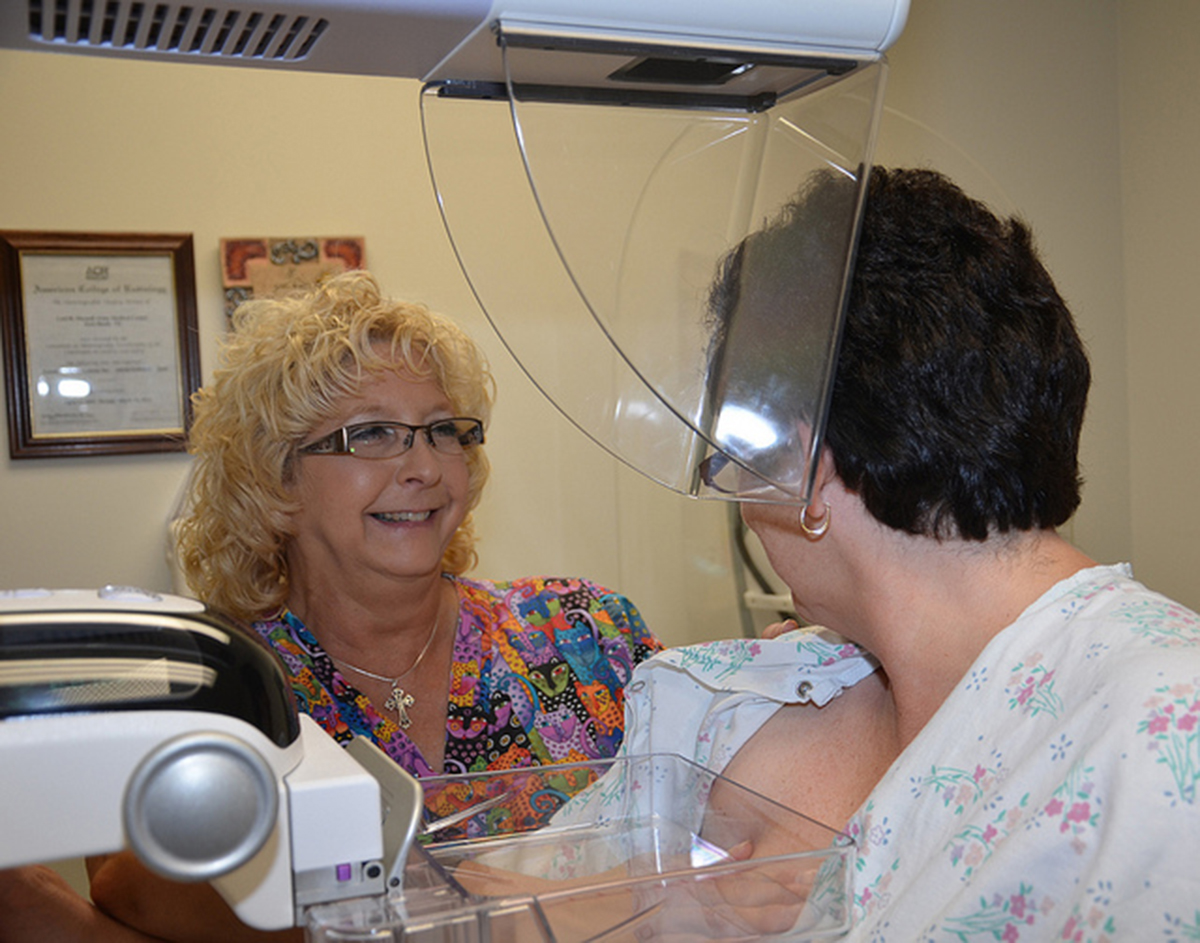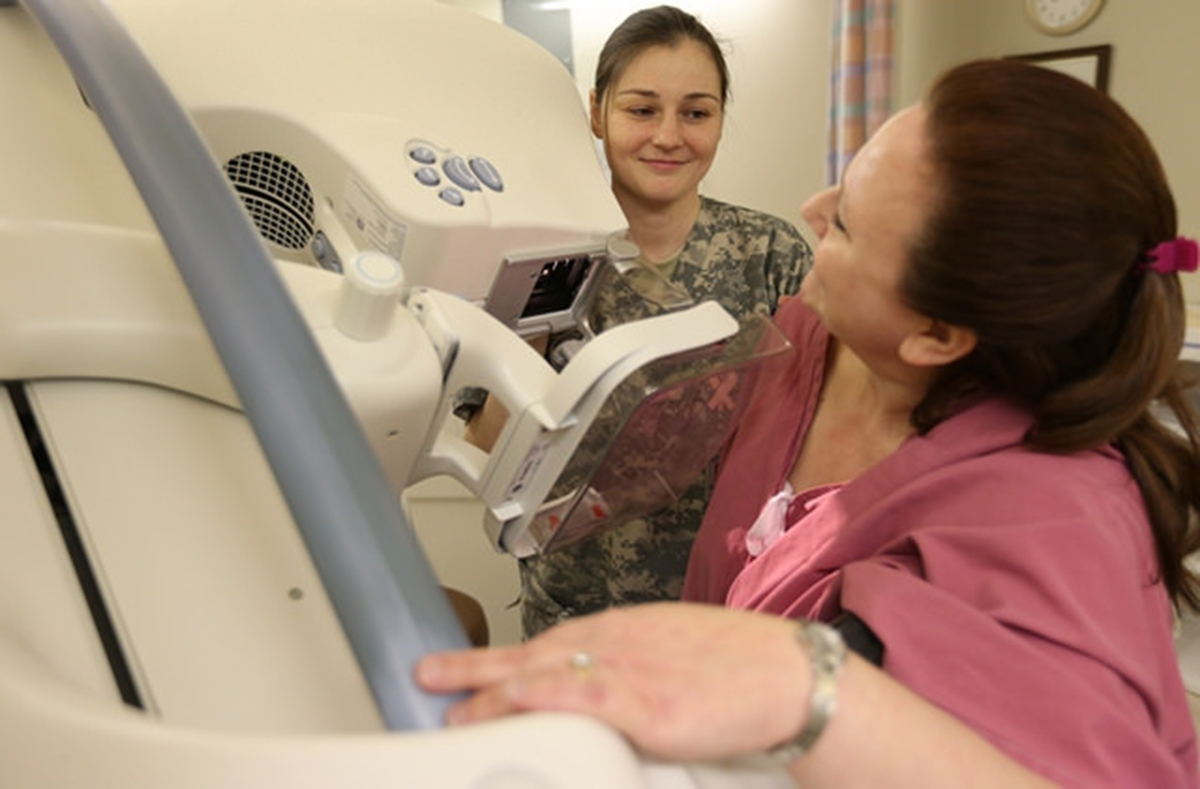Forty-four year-old mother of three Joan had an all-too-common experience with breast cancer.
In a routine mammogram, Joan's doctors found evidence of an 6-millimeter in situ ductile carcinoma. This was a cancer about 1/3 of an inch wide. It was "in situ," meaning it had not spread. It was ductile, meaning it was in a milk duct in the breast, poised to spread.

Joan's doctors removed the tumor two weeks later. She went home later the same day, but the next week, the doctors called again. They had received the pathologist's report. The edges of the tumor were not clearly defined, so it was possible that the surgeon had missed part of the tumor. Joan came back to the hospital for another operation, this time to remove lymph nodes under her arm. She was scheduled for radiation treatments, and had to have daily physical therapy to restore the use of her arm. After about a year, she had normal use of her arm. Of course, a large part of her breast had been removed, and Joan was offered yet another surgery to have it reconstructed. Joan seriously considered having the operation, since she was having to use an external prosthesis ("falsies") to make her breasts look equal and the scar tissue was very prominent.
Joan had her surgery in 2001. Had she had her mammogram in 2015, the doctors probably would have advised not having an operation at all. Because so many women have had "unnecessary" breast surgeries with all their attendant pain and complications, some doctors have started questioning whether women should have as many mammograms as they do now.
Improved Diagnosis, Same Results
Mammograms Are Big Business
Should You Have Regular Mammograms?

- For women in their forties, mammograms every other year are given a "C" recommendation.
- For women aged 50 to 74, mammograms every other year are given a "B" recommendation.
- Breast cancer, like some forms of skin cancer, doesn't always spread. Ductal carcinoma in situ, which was what the woman mentioned earlier in this article had, tends not to become malignant (although the slightest hint of malignancy will trigger aggressive treatment). Some experts believe that up to 50 percent of all cases of breast cancer are of the non-malignant variety, although others place the number as closer to 10 percent. The American Cancer Society places the number at 20 percent. In other words, the experts don't really know how often breast cancer is not life-threatening.
- Radiologists, who perform mammograms and the biopsies they may require, report that aggressive screening programs have reduced the rate of breast cancer deaths by about 30 percent. Other researchers, however, suggest that there has been no reduction in the death rate from breast cancer except on account of better treatment.
- If you have any family history of breast cancer, get regular screenings, even if you are under 50.
- If you feel a lump during your monthly breast self-exam, see a doctor right away. In both of these situations, your doctor can usually make a diagnosis that gets full insurance reimbursement.
- If you over 50, get a mammogram at least every other year.
- Be aware that all forms of breast cancer are not equal. If you are diagnosed with ductal carcinoma in situ, ask your doctor about the advisability of watchful waiting, leaving the tumor alone unless it begins to spread.
- Bleyer A, Welch HG. Effect of three decades of screening mammography on breast-cancer incidence. N Engl J Med. 2012. 367:1998-2005. http://www.nejm.org/doi/full/10.1056/NEJMoa1206809 Accessed September 30, 2015.
- Esserman L, Shieh Y, Thompson I. Rethinking screening for breast cancer and prostate cancer. JAMA. 2009.302:1685-1692. http://jama.jamanetwork.com/article.aspx?articleid=184747 Accessed October 5, 2015.
- Photo courtesy of armymedicine: https://www.flickr.com/photos/armymedicine/6198092775/ and https://www.flickr.com/photos/armymedicine/14917131905/


Your thoughts on this